This month we provide an update on the Hôpital de la Miséricorde and analyze controversial plans by Hydro-Québec to integrate an electricity substation into the haunted site. The ghost-ridden Hôpital de la Miséricorde has been empty for years and is starting to crumble. Located on prime real estate in Downtown Montreal...
Welcome to the seventy-seventh installment of the Haunted Montreal Blog!
With over 500 documented ghost stories, Montreal is easily the most haunted city in Canada, if not all of North America. Haunted Montreal dedicates itself to researching these paranormal tales, and the Haunted Montreal Blog unveils a newly researched Montreal ghost story on the 13th of every month!
This service is free and you can sign up to our mailing list (top, right-hand corner for desktops and at the bottom for mobile devices) if you wish to receive it every month on the 13th! The blog is published in both English and French!
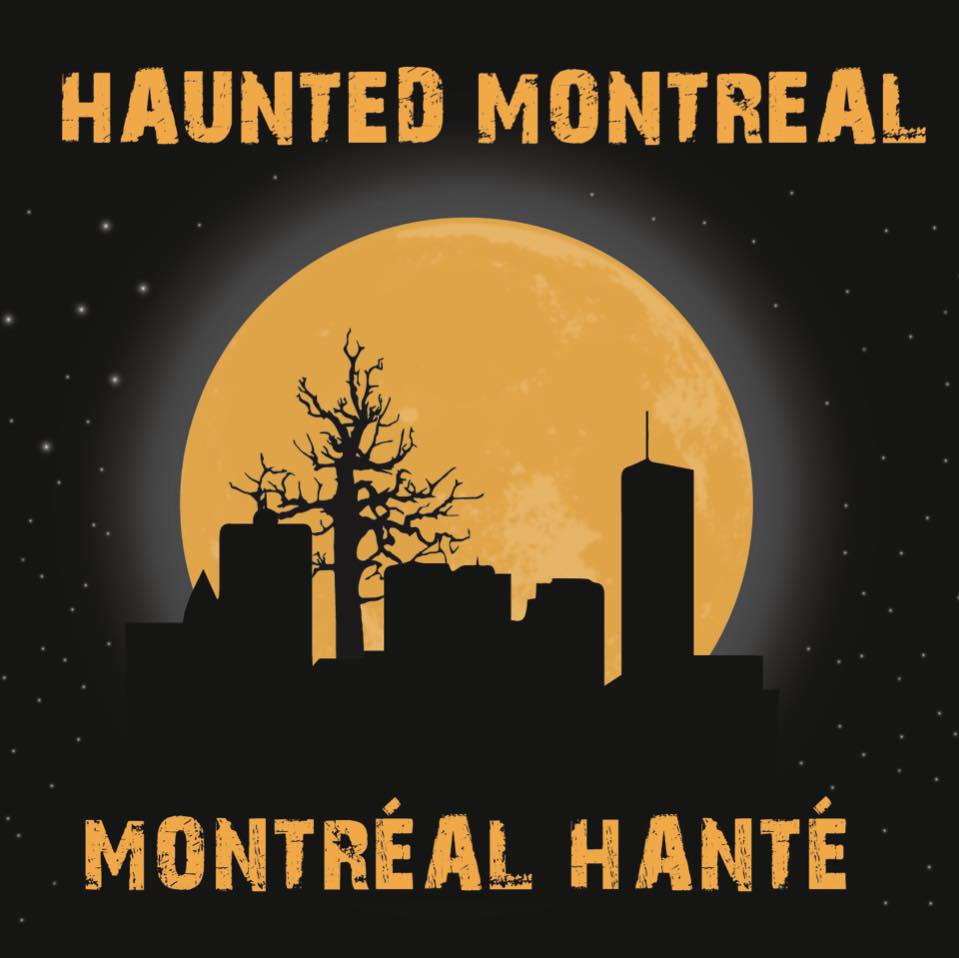
The Public Health Department has once again shut down all bars due to the Covid-19 pandemic, effectively shuttering our Haunted Pub Crawl until further notice.
To compensate, we are bringing back our virtual tour Winter Ghost Stories: A Québécois Tradition! It is currently playing on the last Saturday of January and February in the evening in both English and French!
We are also offering our other ghost walks and paranormal investigation as private tours, weather permitting:
Haunted Griffintown Ghost Walk
Paranormal Investigation in the Old Sainte Antoine Cemetery
Our Virtual Ghost Tour is also available on demand!
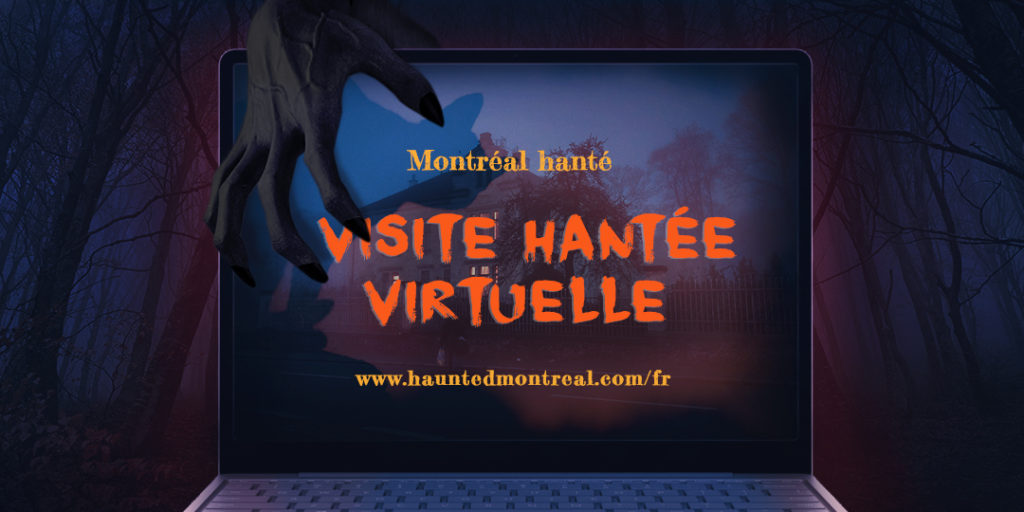
Want to give the gift of a haunted experience this winter? You can now order a Haunted Montreal Gift Certificate through our website. They are redeemable via Eventbrite for any of our in-person or virtual experiences. There’s no expiration date.
Lastly, we now have an online store for those interested in Haunted Montreal merchandise. More details are below in our Company News section!
This month we examine Montreal’s Esplanade Tranquille, a new public square that is already rife with paranormal activity. Once the site of a revolutionary bookstore, the new esplanade must now contend with it turbulent artistic and cultural past.
Haunted Research
Esplanade Tranquille is one of Montreal’s newest public spaces.
Located in the heart of the Quartier des Spectacles, the 5,000-square-metre public square was unveiled by Mayor Valerie Plante in August 2021.
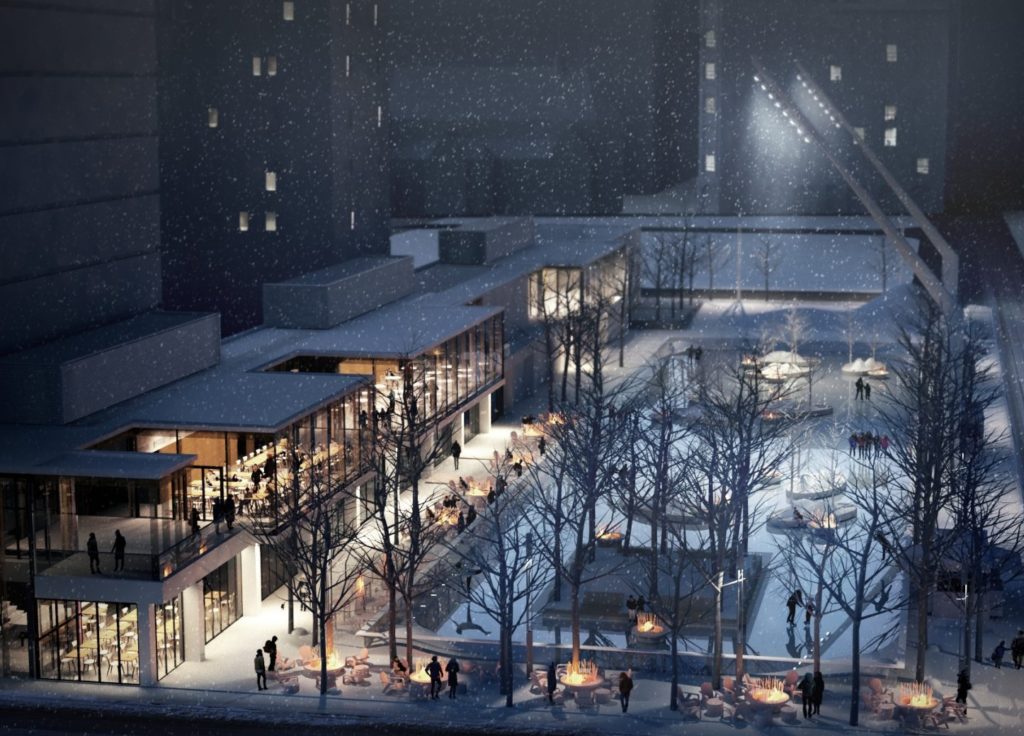
Named after writer and bookshop owner Henri Tranquille, the space gives a nod to Quebec’s Quiet Revolution.
In the winter, Esplanade Tranquille features a large, refrigerated ice rink. During the warmer months, visitors can enjoy a mix of urban furniture, green space, a pavilion and a food court.
There is also a self-service library, open year-round, as a nod to the famous Librairie Tranquille.

Despite only being open for a few months, there are already allegations of paranormal activity on the esplanade. The most common report is the appearance and disappearance of books, which sometimes vanish from bags only to reappear on benches or the ground. Others have spotted a ghostly image of the bookstore re-appearing on the site. Some superstitious people believe that Henri Tranquille’s old bookstore, Librairie Tranquille, influences the new public square in a paranormal way. Others have sensed his ghost.
For example, in September 2021, one Australian tourist complained to Haunted Montreal that while visiting Esplanade Tranquille he had a paranormal experience. He sat on a bench to check his Lonely Planet guidebook for Montreal, but when he dug into his backpack he noticed it was no longer there. In its place was a copy of Honoré de Balzac’s Le Père Goriot.
Given that he did not understand French, he left the book on a bench.
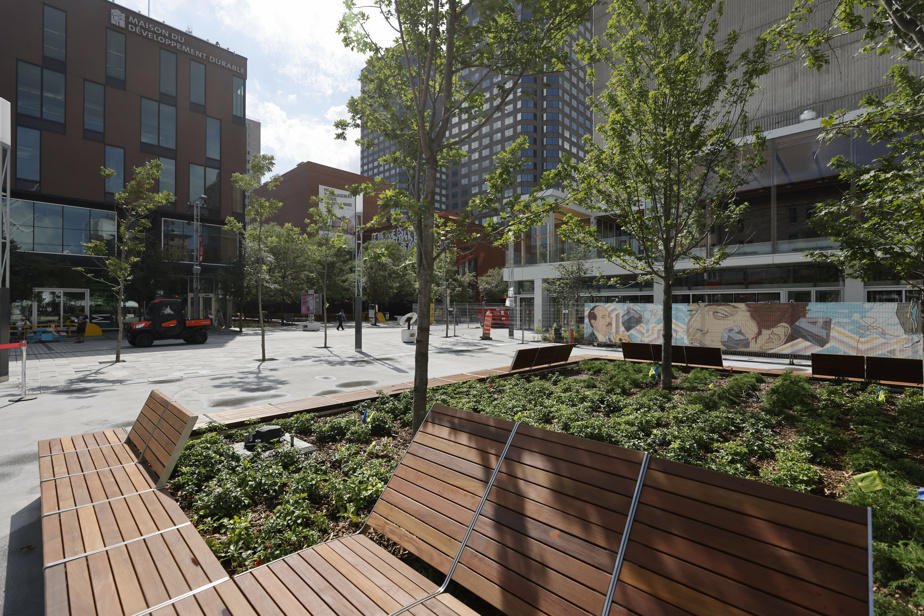
As he was exiting the esplanade, he spotted his Lonely Planet book on the ground and retrieved it. The tourist explained that he felt Henri Tranquille’s spirit had something to do with his bizarre experience.
Henri Tranquille grew up in poverty in the suburb of Lachine during the Duplessis era. At the time, Quebec was a deeply Catholic society that negatively influenced almost every aspect of life. Today, the period is referred to as the La Grande Noirceur, or “The Great Darkness” in English.
Tranquille was a bright young man with high grades and a passion for reading. Impressed, the Catholic Church thought he was a good candidate to become a priest.
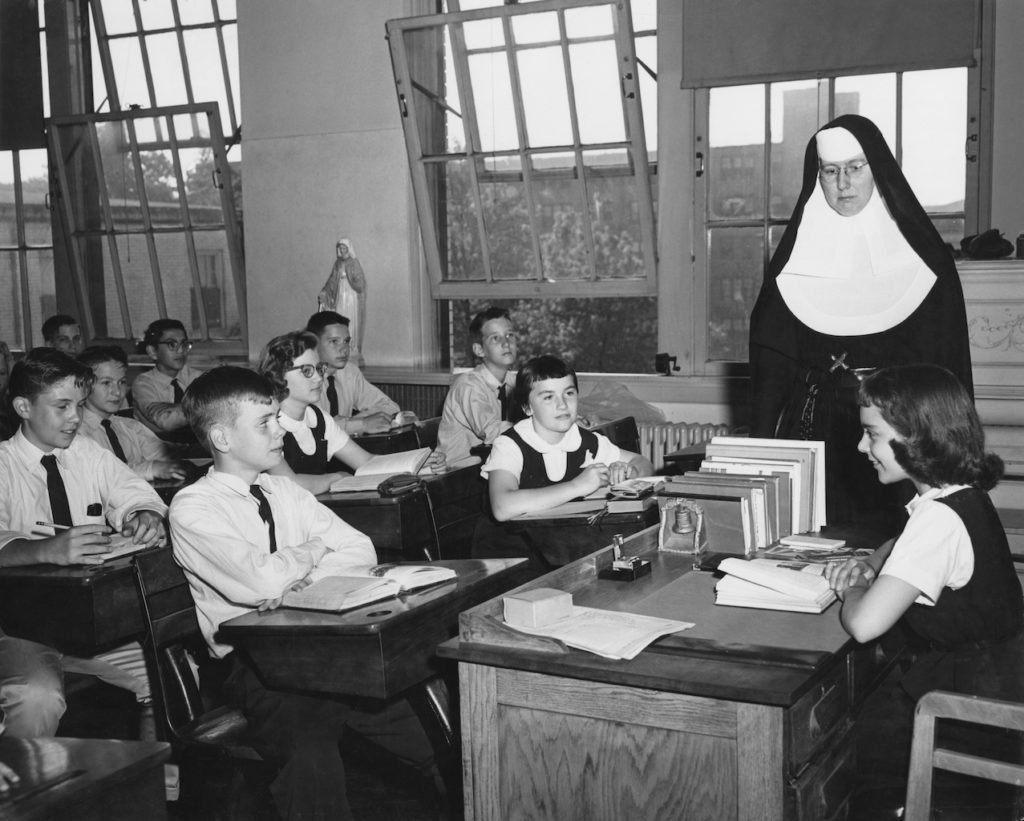
As such, religious authorities sponsored him for eight years of Classical Studies, a pre-requisite at the time to enter the seminary and ultimately the priesthood.
Tranquille studied topics such as Latin, Syntax, Rhetoric, Philosophy, Poetry and Literature. As he approached the end of his studies, he asked his professor if he could read the works of Auguste-Maurice Barrès. The professor frowned upon the idea, given that that Catholic Church had blacklisted Barrès’ works for being critical of the religion.
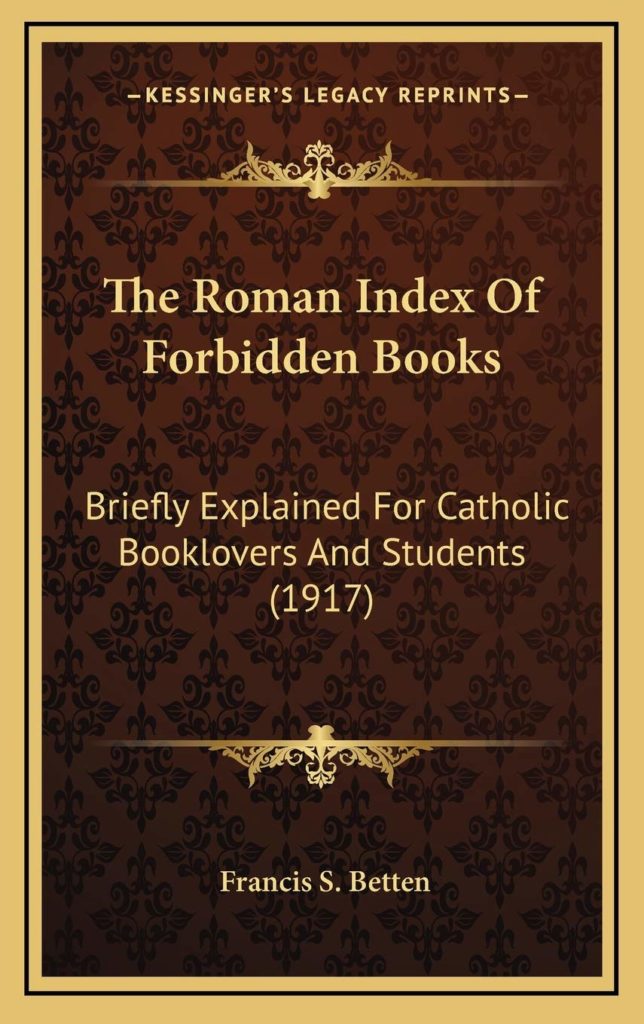
Tranquille argued that he should be able to analyze the works of Barrè critically. His professor reluctantly set out one condition. Tranquille could read the books – but his teacher forbade him from furthering any arguments that challenged the doctrine of the Catholic Church. Tranquille was outraged and saw this censorship as an attack on his intelligence.
The following year, he told his professors that he had lost interest in the priesthood. When pressed as to his reasoning, Tranquille confessed that he found the whole thing ridiculous. The Church, which had been sponsoring his studies, immediately cut off all financing, effectively expelling Tranquille from its Classical Studies program.
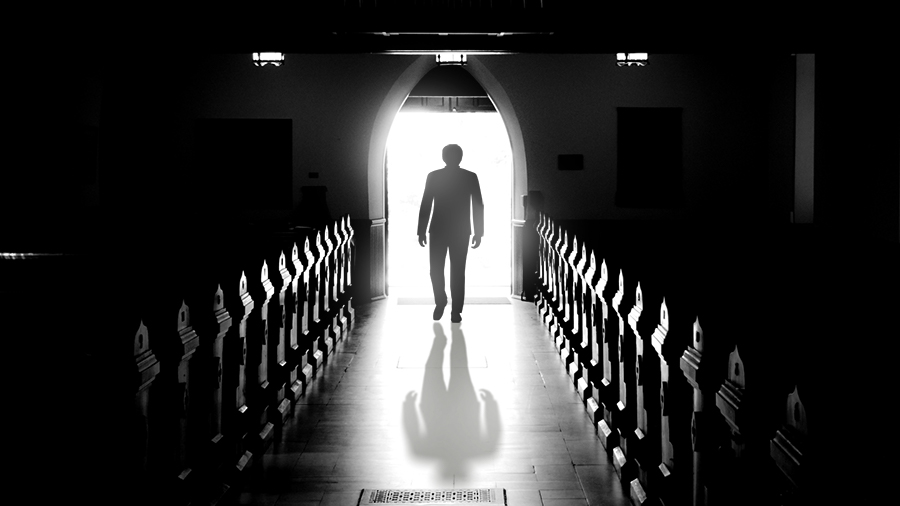
Undeterred, Tranquille began reading more radical authors that the Church had banned. As his anti-clerical sentiment flourished, Tranquille dreamt of opening his own bookstore – a place where nobody could tell him which books were “permissible” or not. He envisaged a gathering place where Freedom of Expression reigned supreme.
On October 30, 1937, Tranquille opened his first bookstore, Librairie Françoyse, at 61 Ontario Street West. He began to associate with radical artists, intellects and bohemians as he struggled financially to keep his bookstore afloat. It was not uncommon for Tranquille to live and sleep in his shop, despite inadequate heating. He proudly sold books that were blacklisted by the Catholic Church.
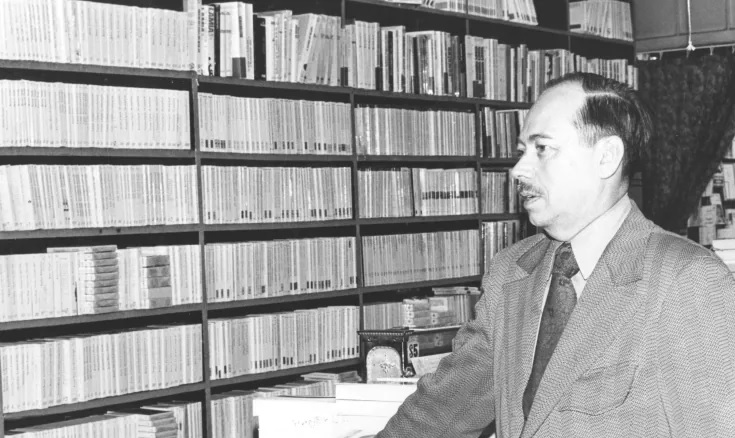
As the years passed, Tranquille would open many new bookstores in succession as his older ventures failed. These included Librairie Hollywood, Librairie Lilliput, Librairie Ménard et Tranquille and Librairie Tranquille et Boucher.
Tranquille often squabbled with his business partners when they did not see eye-to-eye over how the bookstores were run. Tranquille’s personal motto was “Exactitude before all else” and arguments would often break out over lazy employees and others who would loiter all day long inside the bookshops.
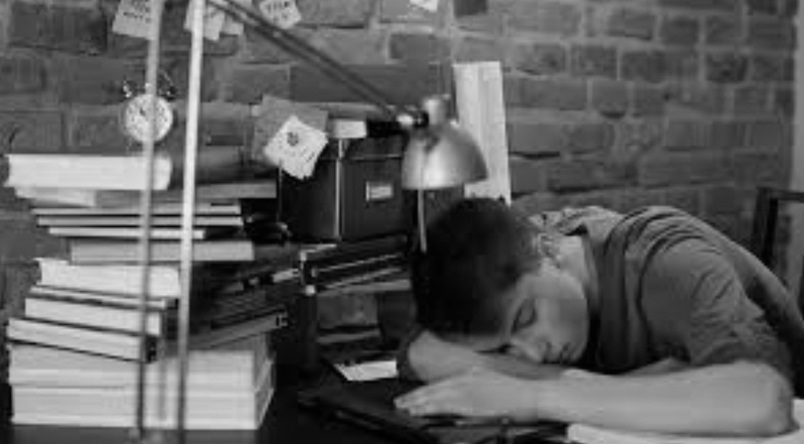
Tranquille wanted to open a new bookstore branded in his name only. He imagined Librairie Tranquille as a place not only to sell books, but as a lively cultural venue that would feature events and where ideas could circulate freely.
During his search for a new store, he found an opportunity to purchase the English-language Bleury Books at 67 Sainte-Catherine Street West, located below the Blue Sky bar. Tranquille seized the opportunity, realizing that the central location was ideal for his plan. He negotiated the sale and then began moving in his large hoard of books.

Finally, in May 1948 he opened Librairie Tranquille as the sole proprietor. Located on the southern portion of today’s Esplanade Tranquille, this bookstore would prove to be his most successful. Indeed, the events that unfolded within Librairie Tranquille would go on to help trigger Quebec’s Quiet Revolution.
On the opening day, May 8, Librairie Tranquille hosted a vernissage with the paintings of twenty artists displayed above the bookshelves.The day marked new way of doing business: a bookstore that also included art displays, literary discussions, book launches and other cultural activities.
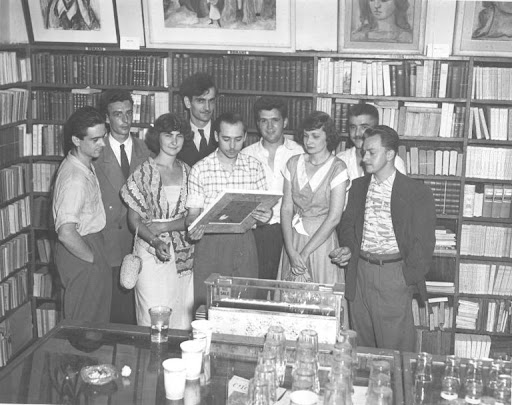
Librairie Tranquille was an immediate success and soon many of the most avant-garde artists and intellects were participating in the bohemian establishment. People began to refer to Henri Tranquille as Monsieur Livre (“Mr. Book” in English).
The bookstore’s most famous moment occurred mere months after opening. On August 9 1948, it launched 400 copies of a controversial manifesto called Refus global (“Total Refusal” in English).
Refus global originated from a group called Les Automatistes, led by anarchist painter and professor Paul-Émile Borduas. This group created abstract paintings inspired by French surrealists and also scorned the conservative academic teaching that was wide-spread in Quebec at the time. These avant-garde artists were mostly anti-establishment and anti-religious.
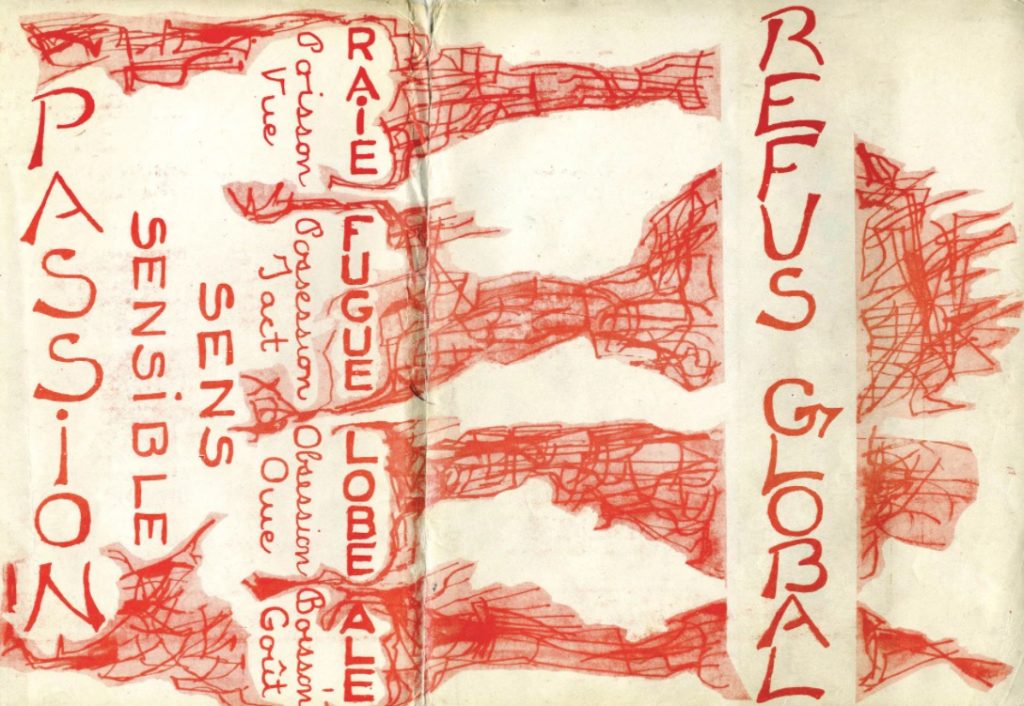
The principal essay of Refus global was written by Paul-Émile Borduas and signed by fifteen other artists. It included texts by Bruno Cormier, poet Claude Gauvreau, painter Fernand Leduc and Françoise Sullivan. The manifesto was illustrated by Marcel Barbeau, Paul-Émile Borduas, Marcelle Ferron-Hamelin, Pierre Gauvreau, Jean-Paul Mousseau, Jean Paul Riopelle and Maurice Perron. Other signatories included Thérèse Renaud, Madeleine Arbour, Françoise Riopelle, Muriel Guilbault and Louise Renaud.
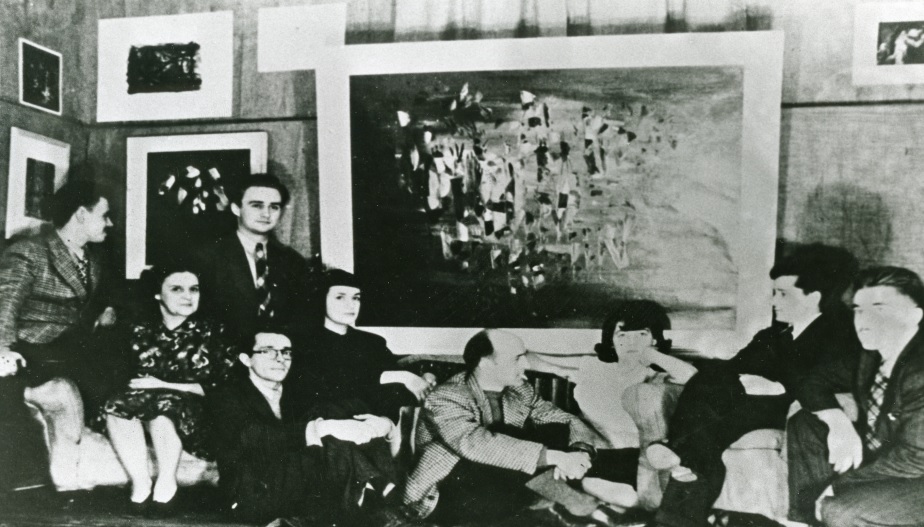
The manifesto advocated a strong need for liberation, preferably “resplendent anarchy.” Refus global also anticipated the coming of a “new collective hope.” It was a cultural time-bomb that finally exploded in Quebec’s deeply Catholic society.
Refus global scandalized authorities, religious figures and the press. They condemned and censored large parts of the manifesto and venomously attacked the signatories.
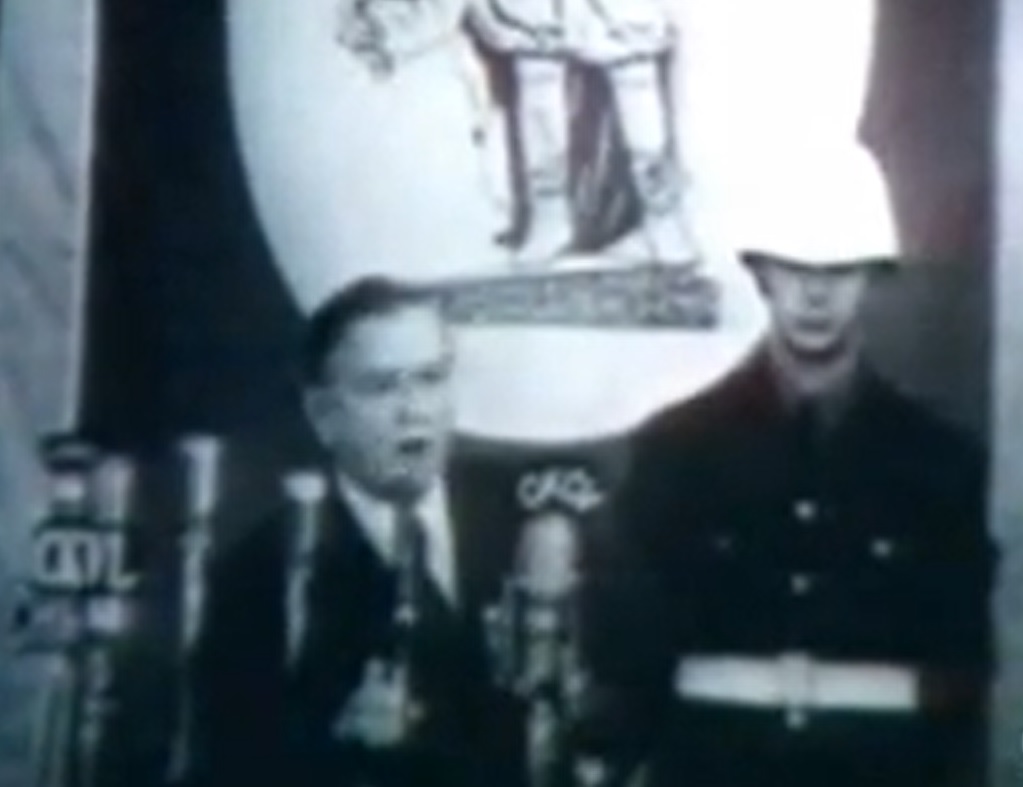
Borduas was singled out and subsequently lost his job as a professor at the École du meuble de Montréal, a position that he had held for over a decade. Traumatized and unemployable in Montreal, he went into self-exile into the United States with his family.
In the aftermath of the Refus global, many of the brave artists who had signed the manifesto began suffering from the attacks and blacklisting. Families were broken apart, at least one signatory, Muriel Guilbault, committed suicide and many of the artists fell into varying states of depression and mental anguish.
Manon Barbeau, the daughter of one of the signatories, documented this tragic situation in the National Film Board’s 1998 Les enfants de Refus global (in French).
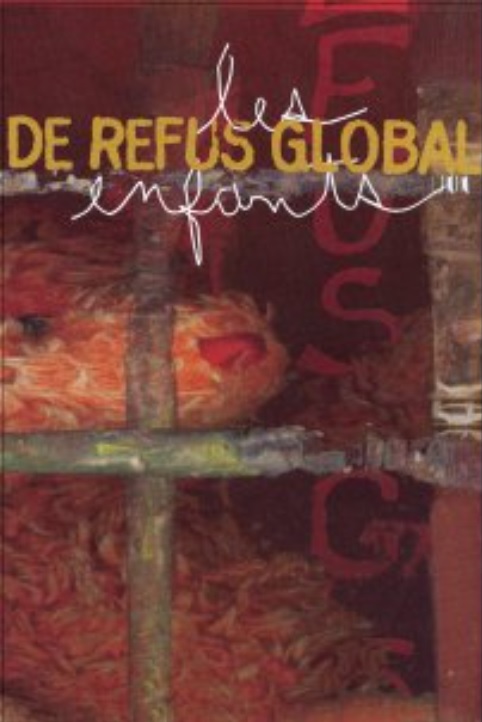
The filmmaker went to meet the sons and daughters of Borduas, Mousseau and Riopelle, whom she calls “children of Refus global.” All of them, like her, suffered from serious consequences due to their parents’ revolutionary proclamation. None of them has emerged unscathed.
In any case, it is widely agreed that the Refus global was a major trigger for Quebec’s Quiet Revolution. Essentially, the provincial government took over Health and Education sectors from the Catholic Church and nationalized key resources such as banking and hydro-electricity. This ushered in the modern era, where French would be the predominant language.
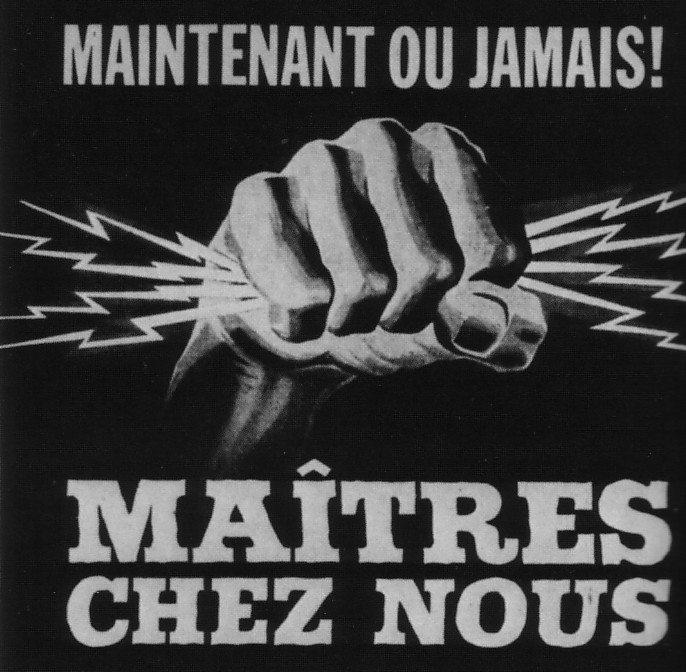
The Catholic Church was widely discarded in favor of a more secular era – and Tranquille’s work at demanding Freedom of Expression was instrumental in these profound changes in Quebec society.
On January 19, 1973, Radio-Canada’s Actualités 24 released an interview with Henri Tranquille in his bookstore, which is featured here (in French).
Just over a year later, in May 1974, Tranquille found himself in serious financial difficulty and moved his bookstore to 4511 Saint-Denis. Unfortunately, his old clients did not follow the move and soon his new shop was often empty as his bills piled up.
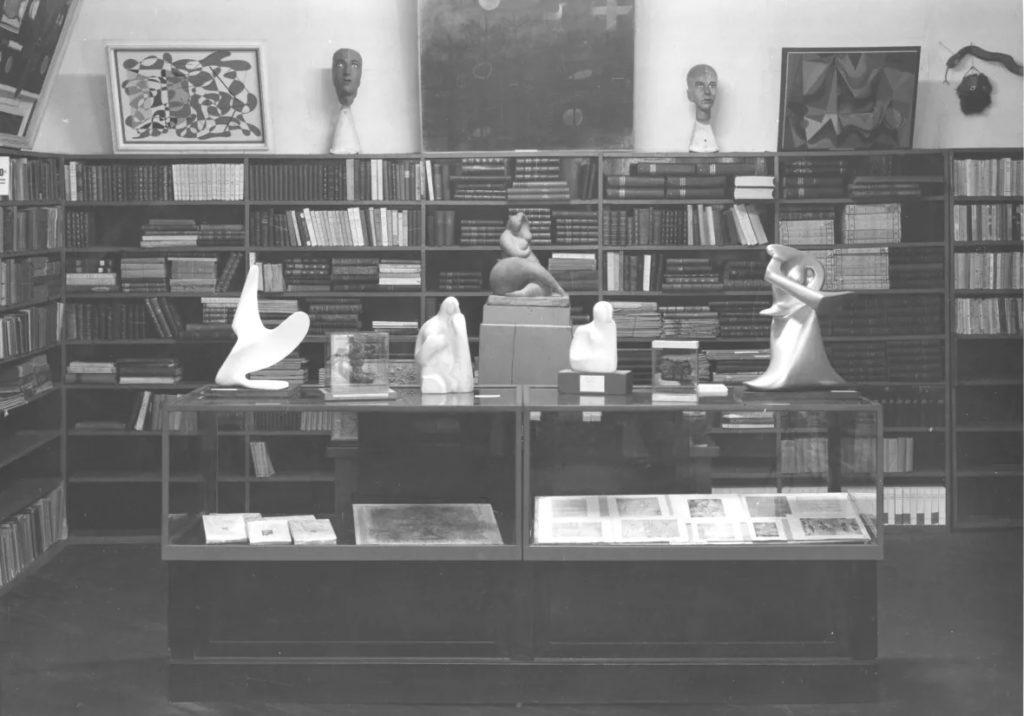
In May 1975, he relocated for the last time to 434 Mount-Royal East. Again, he did not attract the customers he needed to keep his bookstore afloat. Three months later, he declared bankruptcy. The once-famous Librairie Tranquille was taken over by a grocery store.
The grocery store’s owner sold off Tranquille’s treasure trove of 17,500 books, among many other important documents, to Libraire René-Léon – for a mere $150.

It was the end of an extraordinary era for Henri Tranquille.
Over the next several decades, Tranquille would continue his work in Quebec’s literary scene and won the prestigious Prix Fleury-Mesplet in 1996. He was inducted into the l’Ordre national du Québec three years later.
In 2005, biographer Yves Gauthier published Monsieur livre : Henri Tranquille with Les éditions du Septentrion (in French). The fascinating biography features information about Tranquille’s nine bookstores, bohemian lifestyle and cultural achievements.
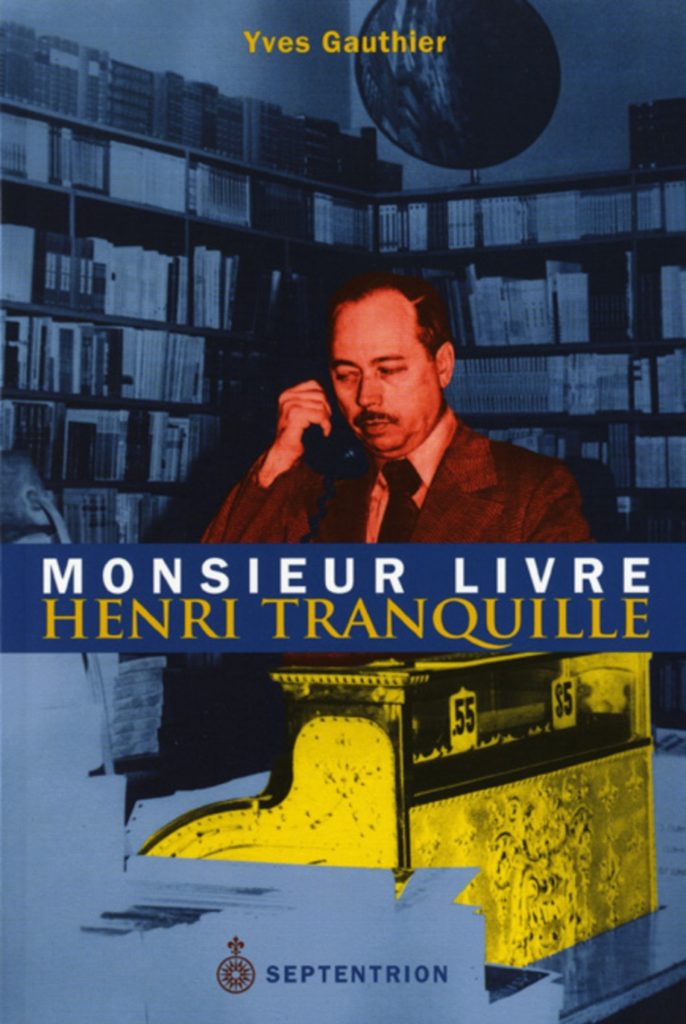
Henri Tranquille died on November 21 of the same year, age 89.
The building that hosted his most successful Librairie Tranquille, on 67 Sainte-Catherine Street West, was eventually demolished to make way for the Quartier des Spectacles.
Haunted Montreal has received several messages about the old Librairie Tranquille bookstore returning in a ghostly manner to haunt the site, most notably over the years on May the 8th.

In 2018, Haunted Montreal received the following message from an American client who had attended one of our tours: “I was visiting the Quartier des Spectacles and Place des Arts on May 8 when I spotted an old bookstore on Sainte-Catherine Street in an old grey stone building. However, as I went to enter it, the entire building vanished into thin air, revealing an empty space. It was one of the weirdest things I have ever experienced.”
More recently, a construction supervisor on the new Esplanade Tranquille told Haunted Montreal about another paranormal experience at the site, this time on May 8, 2021. She had been working on preparing a section of the new park when one of the workers she was supervising approached her. Disturbed, the man claimed to have seen a ghostly image of the old bookstore “flickering on an off” throughout the morning.
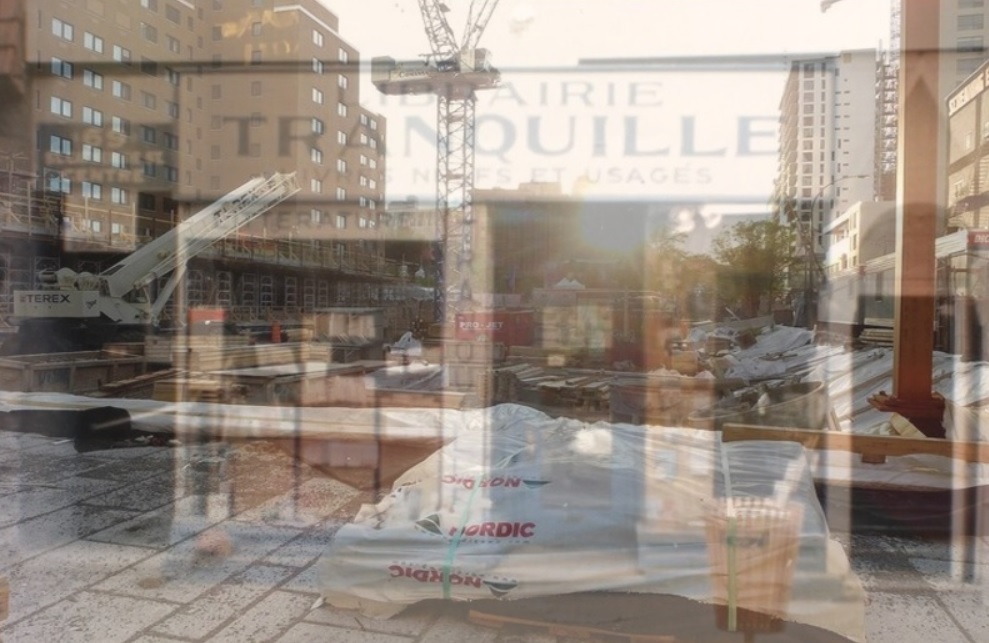
It should be said that ghostly buildings returning to haunt their original sites are not uncommon in the Montreal region, especially on important anniversaries. Two particular examples come to mind.
The first is a ghost story called La Fantome de L’Avare (“The Miser’s Ghost” in English) from Honoré Beaugrand’s La Chasse Galerie: Legendes Canadiennes. In the story, a 70-year-old grandfather recounts a ghostly house that appeared to him when he was 20. En route with a horse-carriage to the village of Lanoraie for New Year’s Eve, he gets stuck in a severe snowstorm with very low visibility. The man said:
“I wandered for several minutes and was becoming disheartened when I noticed, on the left side of the great road, a shack half-buried in snow that I didn’t recall having seen before. I made my way with difficulty, cutting a path through the snowbanks toward the house, which I initially thought abandoned. I was wrong, however; the door was closed but through the window, I could see the reddish glow of a good hardwood fire burning in the hearth.”
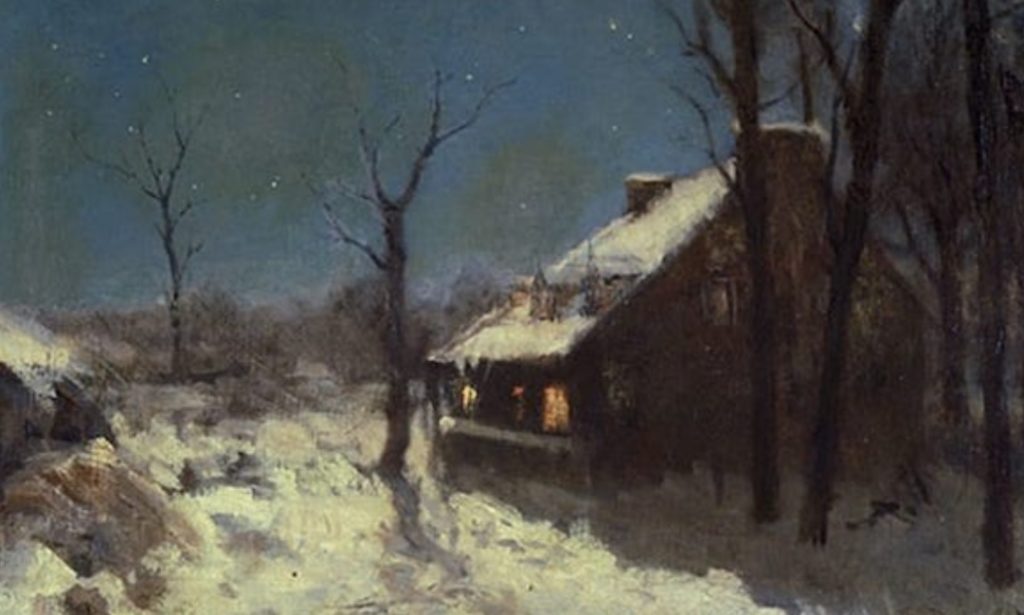
Inside, is the ghost of a miser named Jean-Pierre Beaudry who had once refused hospitality to a man banging on his door during a previous blizzard. The man froze to death, condemning Beaudry to return as a ghost every New Year’s Eve to right his wrong deed. Beaudry’s ghost explained:
“For 50 winters, I have come, on God’s orders, to spend the night of the last day of each year here, without a traveler in distress ever knocking on my door. You finally came tonight, and God forgave me.”
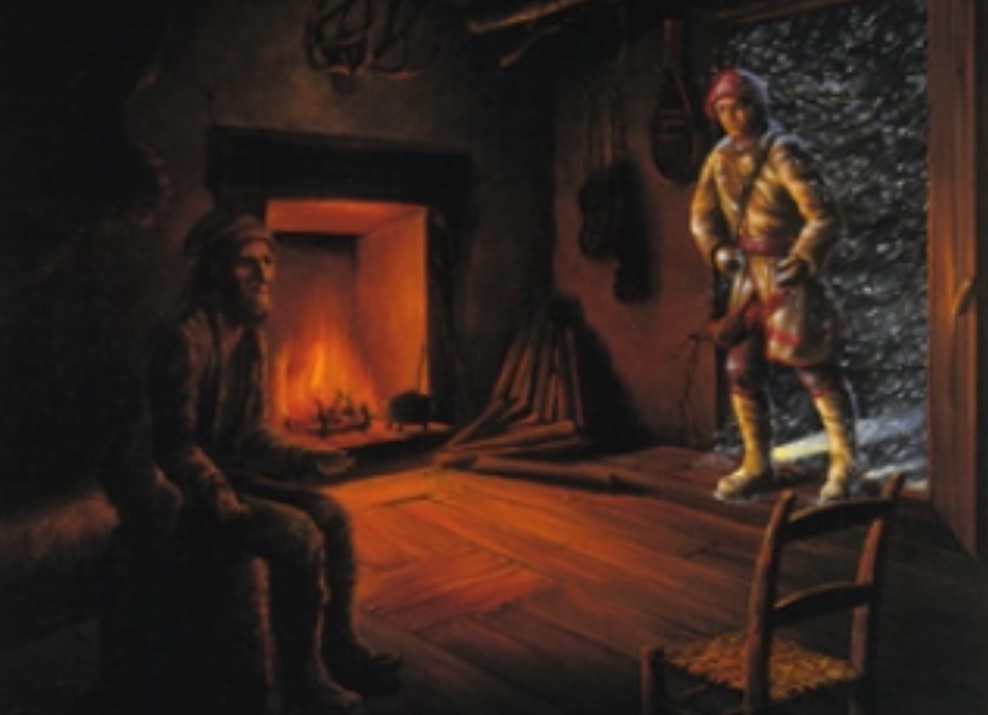
The storyteller faints at this point and eventually wakes up in his sleigh – with the ghost house no longer in existence.
The second legend of a ghost house re-appearing comes from Griffintown’s since-deceased Denis Delaney. He was a specialist in locating the ghost of the decapitated Mary Gallagher, who is said to re-appear every 7th year on the anniversary of her murder on June 27th in 1879.
According to lore, 1998 was an exceptional anniversary for Mary Gallagher ghost sightings. On that occasion, Denis Delaney claimed that, by the light of a full moon, he had “looked up…and saw a house appear” at the corner of William and Murray Streets – the exact site where the infamous murder had occurred.
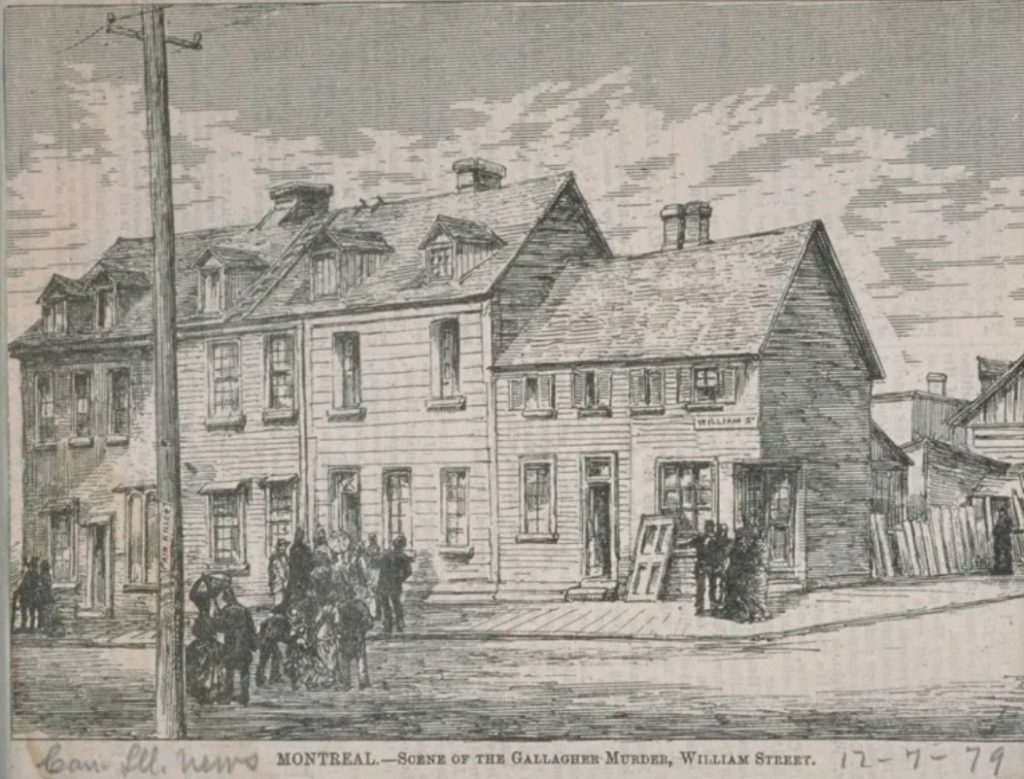
He explained: “In the yellow light through the window upstairs, like a lamp…I saw a figure standing there, and it asked me, ‘Will you help me look for my head? I said ‘Yes’, and then she asked me to close my eyes, and I could feel something, like a rising up around me, and when I opened my eyes, the house had vanished and she was gone.”
In conclusion, ghostly buildings often reappear on important anniversaries and Librairie Tranquille appears to be one of these. By re-appearing on May 8, the day the bookstore opened in 1948, it is entirely likely that Henri Tranquille’s ghost remained to haunt his old establishment – the bohemian bookstore that helped trigger Quebec’s Quiet Revolution.
Company News
The Omicron variant of Co-vid 19 has essentially shuttered all bars indefinitely in Quebec. This means our Haunted Pub Crawl cannot operate and we have refunded all tickets until we can re-open.
As such, we are bringing back our virtual tour, Winter Ghost Stories: A Québécois Tradition, on the last Saturday of January and February in the evenings.
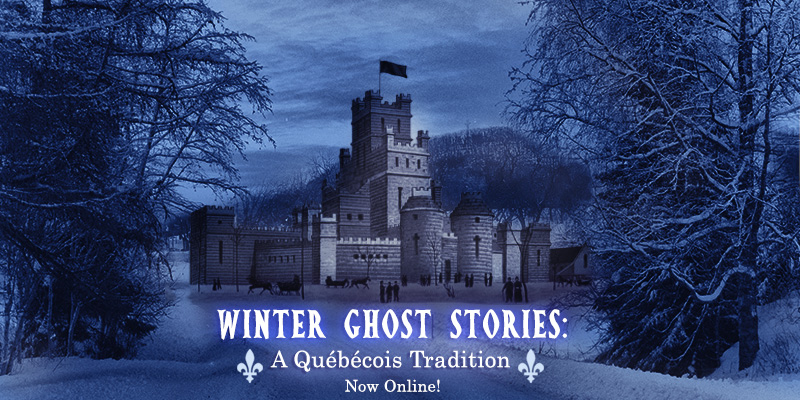
We are also offering our other ghost walks and paranormal investigation as private tours, weather permitting:
The Haunted Downtown Ghost Walk
The Haunted Griffintown Ghost Walk
Paranormal Investigation in the Old Sainte Antoine Cemetery
For private tours, clients can request any date, time, language and operating tour. These tours are based on the availability of our actors and start at $170 for small groups of up to 7 people.
Email info@hauntedmontreal.com to book a private tour!
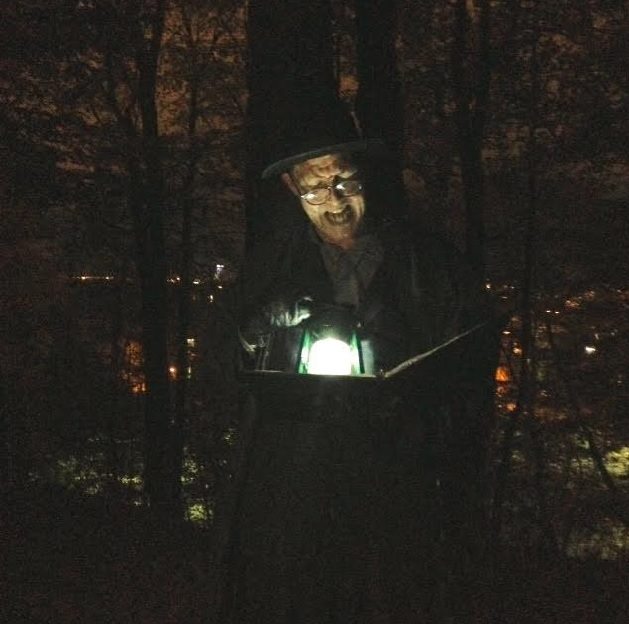
We are also offering our Virtual Ghost Tour on demand in both English and French.
Please spread the word to those who might be interested in a Haunted Montreal experience and if you want to send someone a haunted experience as a gift, now you can. We now offer Haunted Montreal Gift Certificates available through our website and redeemable via Eventbrite for any of our in-person or virtual events (no expiration date).
Finally, we have opened an online store for those interested in Haunted Montreal merchandise. We are selling t-shirts, magnets, sweatshirts (for those haunted fall and winter nights) and mugs with both the Haunted Montreal logo and our tour imagery.

Purchases can be ordered through our online store: shop.hauntedmontreal.com
Haunted Montreal would like to thank all of our clients who attended a ghost walk, haunted pub crawl, paranormal investigation or virtual event during the 2021 season!
If you enjoyed the experience, we encourage you to write a review on our Tripadvisor page, something that really helps Haunted Montreal to market its tours in these hard times.

Lastly, if you would like to receive the Haunted Montreal Blog on the 13th of every month, please sign up to our mailing list.
Coming up on February 13th: The Smallpox Ghosts of Rue Saint-Louis
Heading eastwards from the Old Montreal’s Champ-de-Mars, Rue Saint-Louis is a quaint but neglected street that does not appear on the tourist circuit. Perhaps it is just as well, given the disturbing ghosts who allegedly haunt the area. During the smallpox epidemic of 1885, when Rue Saint-Louis was at the heart of a largely French-speaking slum, the street was one of the most infected parts of the city. It witnessed many deaths due to the terrible disease, including a large number of children. One of the most notable ghosts is that of a woman carrying a small child, both of whom are bursting with smallpox pustules.
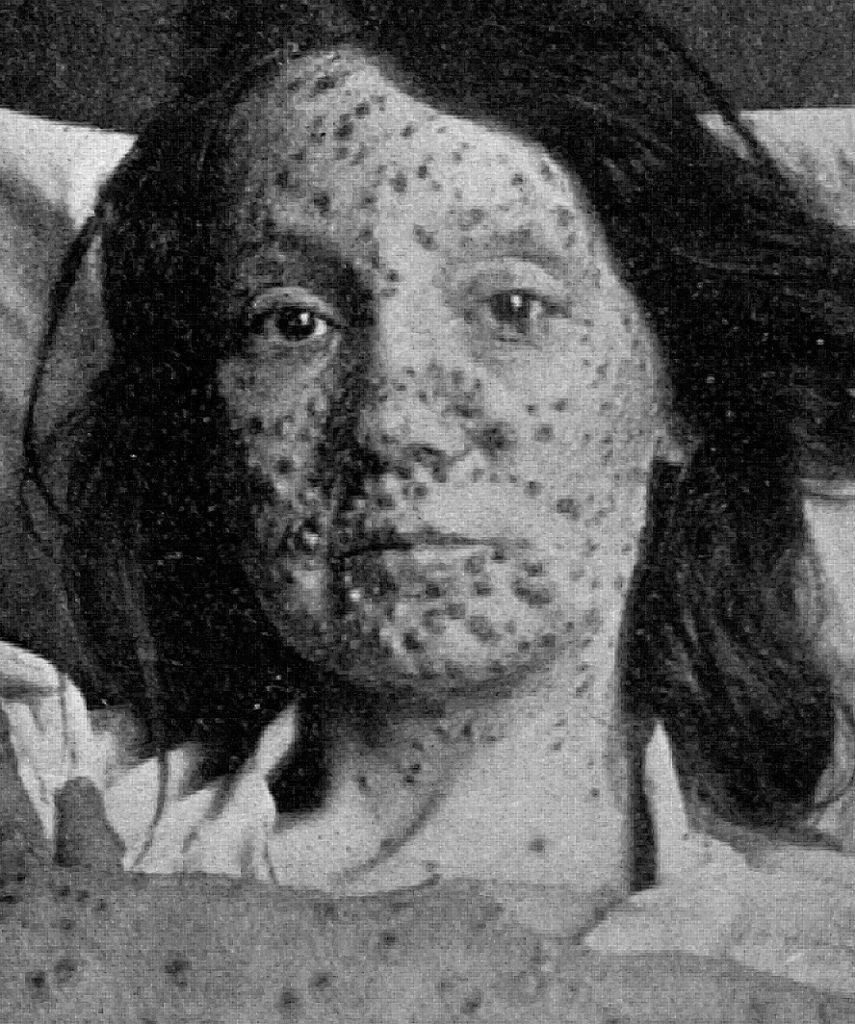
Author:
Donovan King is a postcolonial historian, teacher, tour guide and professional actor. As the founder of Haunted Montreal, he combines his skills to create the best possible Montreal ghost stories, in both writing and theatrical performance. King holds a DEC (Professional Theatre Acting, John Abbott College), BFA (Drama-in-Education, Concordia), B.Ed (History and English Teaching, McGill), MFA (Theatre Studies, University of Calgary) and ACS (Montreal Tourist Guide, Institut de tourisme et d’hôtellerie du Québec). He is also a certified Montreal Destination Specialist.
Translator (into French):
Claude Chevalot holds a master’s degree in applied linguistics from McGill University. She is a writer, editor and translator. For more than 15 years, she has devoted herself almost exclusively to literary translation and to the translation of texts on current and contemporary art.


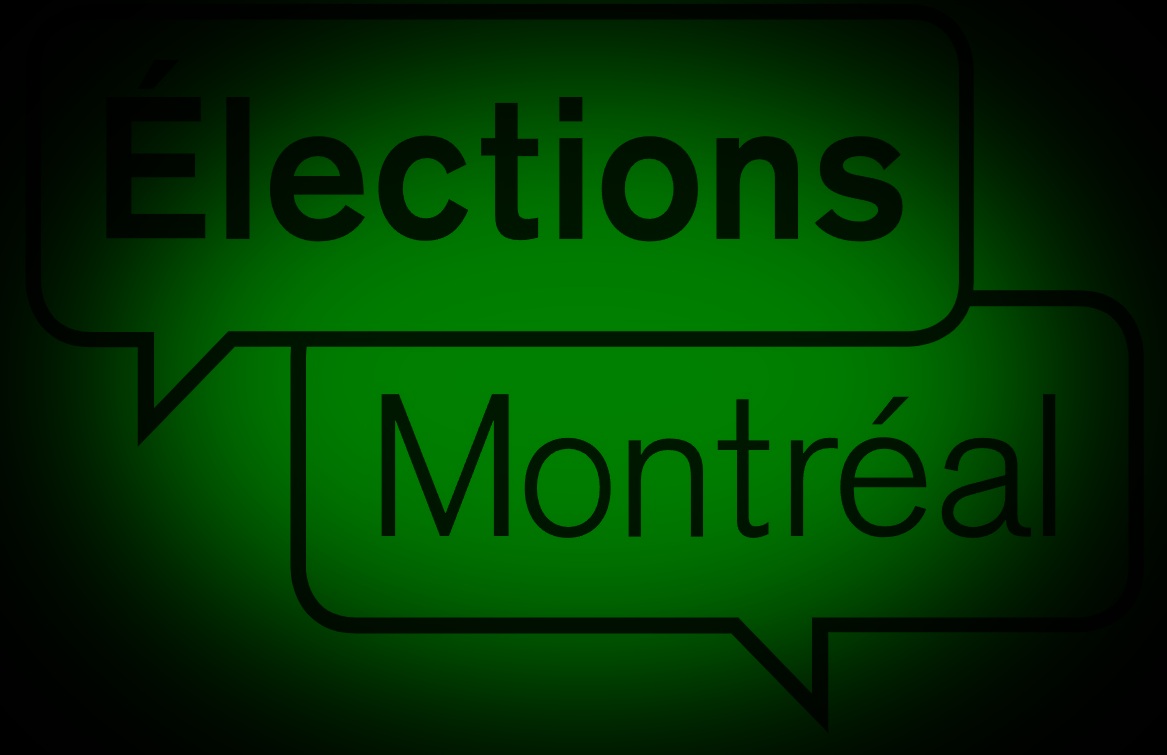

One of the best columns ever